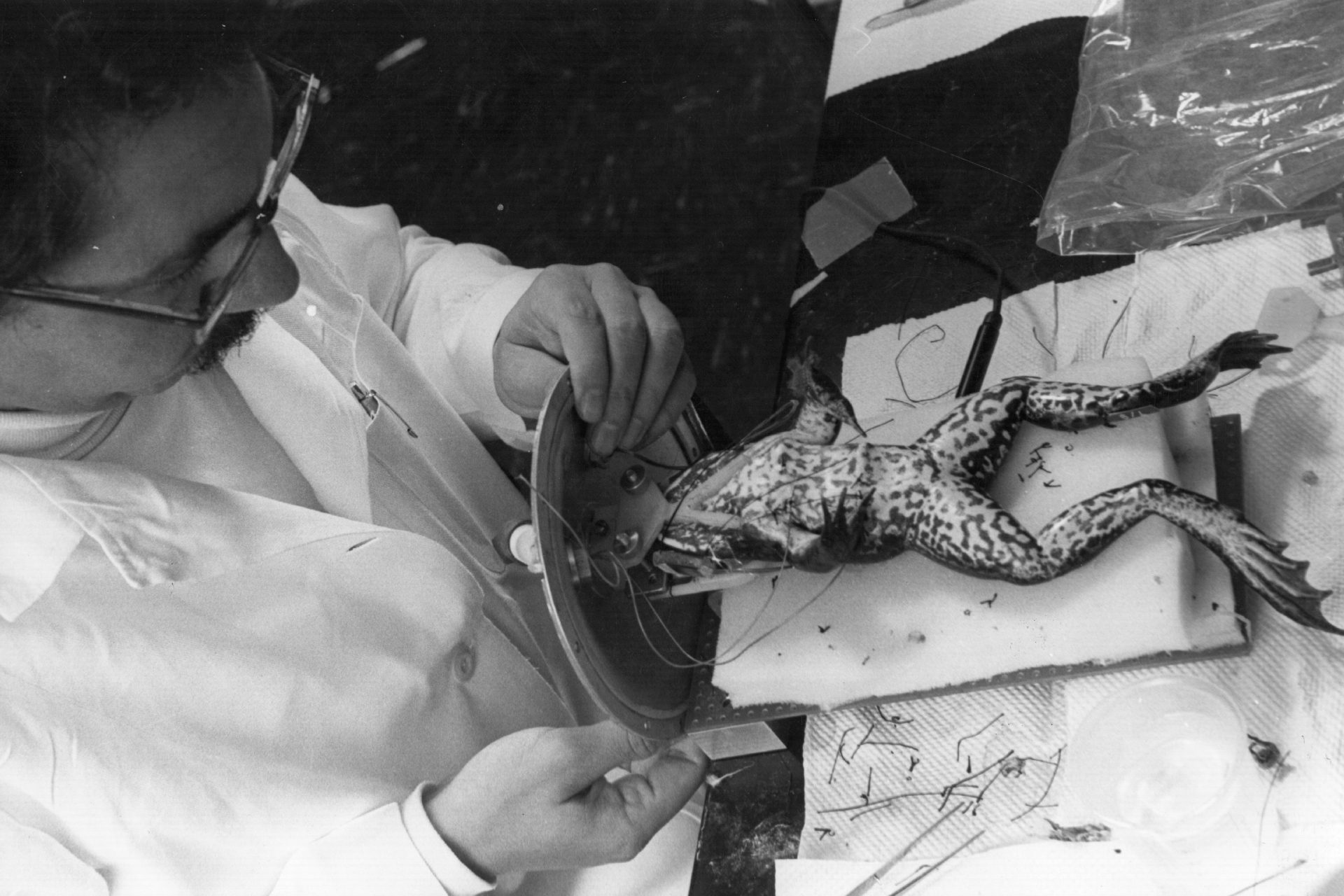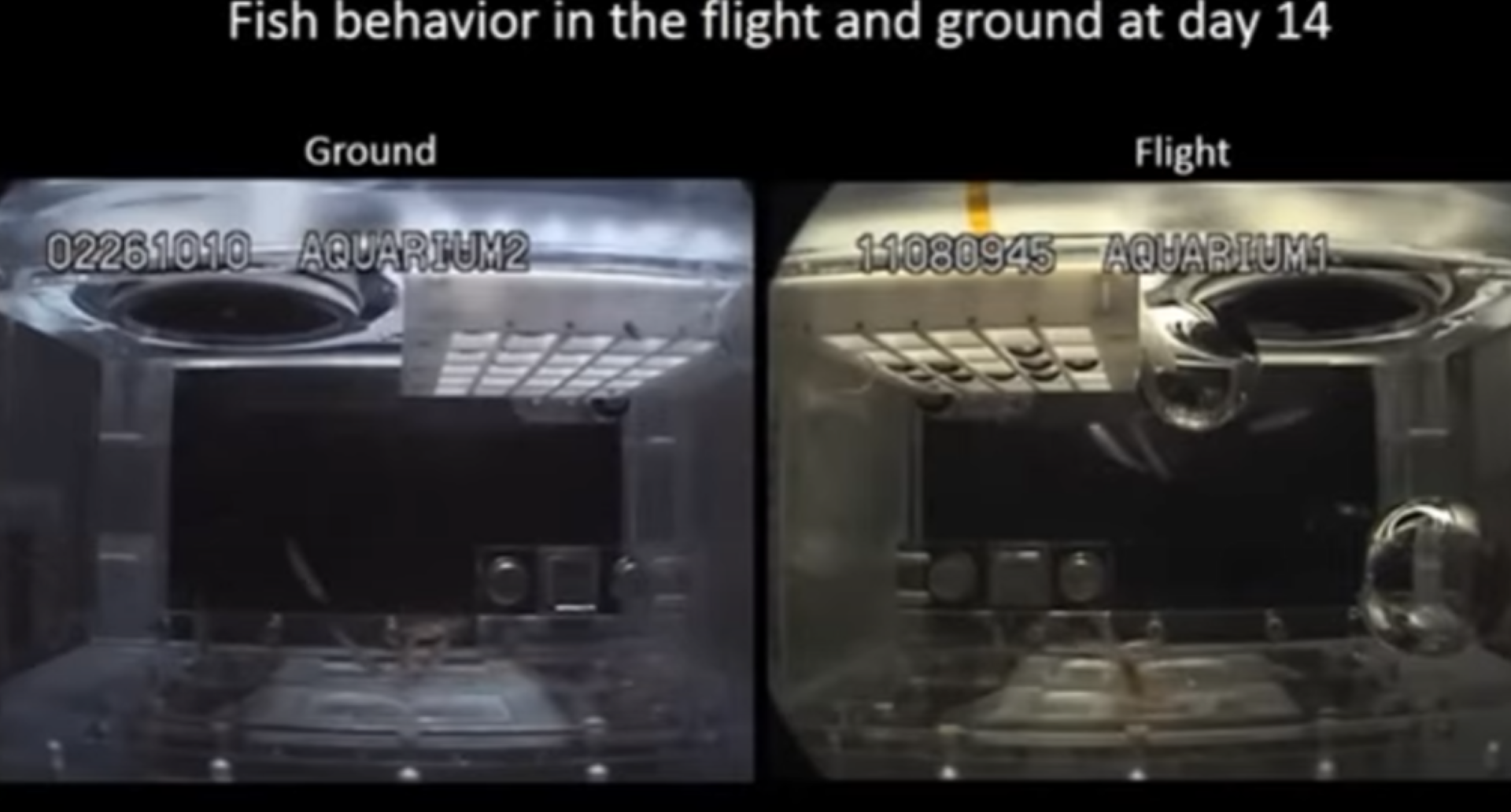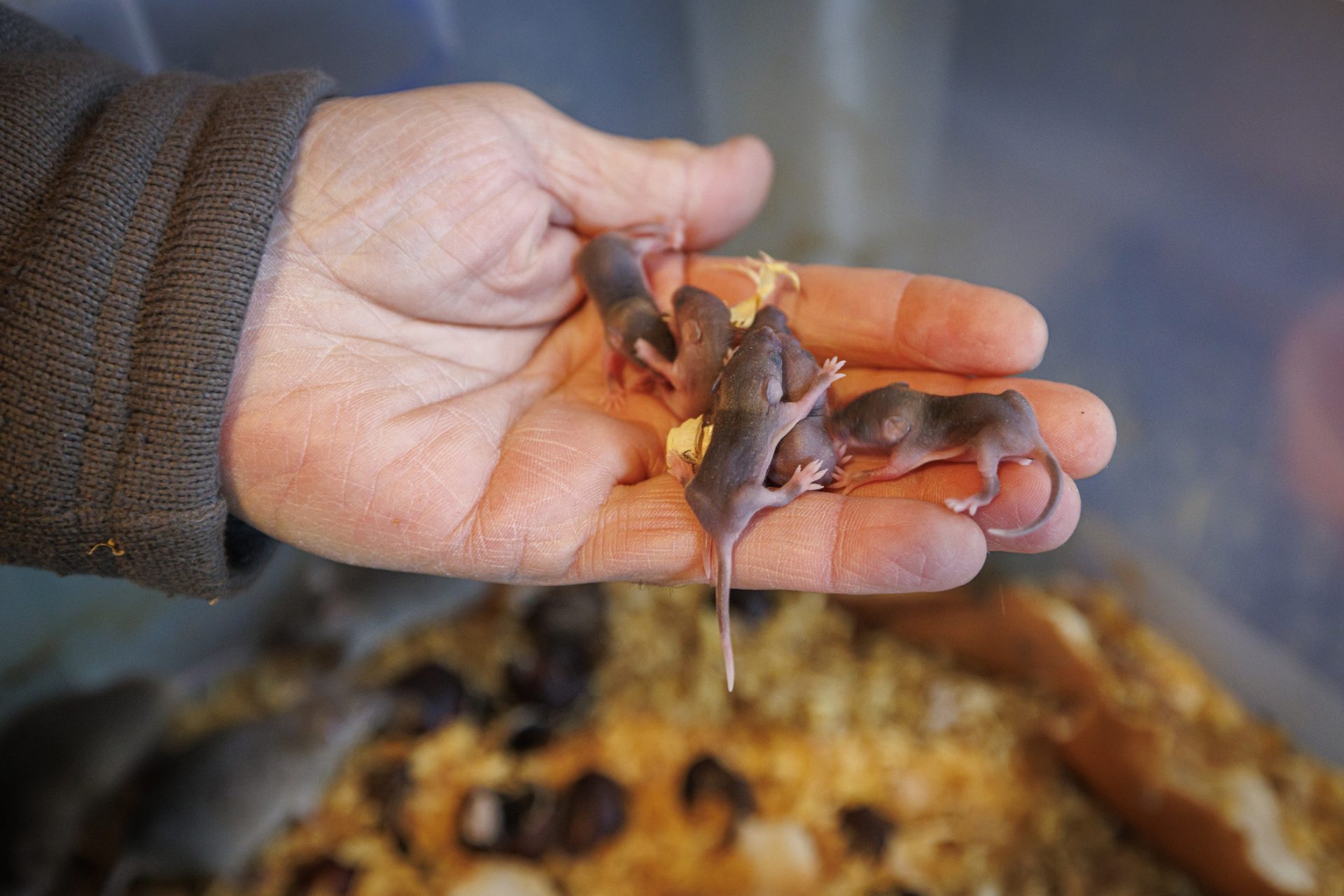Animals in space! The unsung heroes of cosmic exploration
While space travel is arguably one of humanity’s most impressive feats, all kinds of animals have played and continue to play a key role in making it possible. In the beginning, they proved that space travel was possible. Even today, scientists are using them to study how earthlings react to longer-term space travel… and even how we got here. Here are just some of the non-human space heroes.
The very first earthlings to soar beyond our atmosphere were fruit flies. In July 1946, the first fruit flies went to space but were not recovered. But in 1947, a flight was launched and recovered, and when scientists saw they weren’t affected by radiation, that paved the way for other species to venture beyond this world.
Follow Showbizz Daily to stay informed and enjoy more content!
The next species to go to space, whether they wanted to or not, were monkeys. In June 1949, Albert II became the first mammal to reach space. He survived space but died on impact after his parachute didn’t deploy. The US launched many primate flights between 1948 and 1961. This is Ham, the first chimp to take orbit. Fortunately, he survived his 1957 mission.
In 1951, the Soviets got in the game, launching the first two dogs — Tsygan and Dezik into space. They were the first ‘higher organisms’ to survive space travel. They launched dogs an estimated 71 times into space, including Laika (pictured) in Sputnik 2, who was the first animal to orbit the Earth. Sadly, she didn’t last long, dying of overheating hours into the flight. Of all the astro-dogs, 17 were said to have died.
In 1963, France got involved in the space race too. They chose a stray Parisianne cat who later got the name Felicette. She lived through the long journey, but two months after arrival, the poor feline was put down so scientists could discover if she had any damage. They didn’t find anything of use.
After launching in 1968, two Russian tortoises were sent on a circumlunar voyage to the Moon along with wine flies, meal worms, and other biological specimens. The journey was successful and they arrived back on earth after being the first in deep space and to have orbited the moon. They had lost some weight.
This NASA program sent two bullfrogs into orbit in 1970 to study weightlessness. Otolith refers to the frog’s inner ear balance mechanism, and they wanted to study how the inner ear would be affected by weightlessness. The result? The frogs were OK and they adapted to the lack of gravity.
In 1973, scientists sent two spiders, Anita and Arabella, to space to see how zero gravity would affect their web-spinning skills. While it took them a while to adapt, Arabella (shown) spun the first web after a day… although it was a little wonky. Overall, scientists found that the space webs were finer than on Earth and the patterns were slightly uneven.
Newts are amazing creatures because they can regenerate their limbs, some organs, and even their eyes. They’ve been to space several times starting in the 1980s. In one particularly fascinating experiment, newts on Earth and space had eye surgery. And researchers found their eyes regenerated way faster in space!
In 1994, Japanese researchers first sent rice fish to the International Space Station. They react to space similarly to humans, but while it takes 10 days for humans to start seeing the effects of microgravity, these little guys start losing bone density as soon as they’re in orbit. This helps scientists see how the process works. But on the positive side, they were able to mate, lay eggs, and create new fish normally.
Image: Science Vio/Youtube
Back in the 1990s, NASA began a mission that launched more than 2,400 jellyfish polyps into space. They reproduced and eventually around 60,000 jellyfish were orbiting the Earth. The space jellies were similar to Earth ones, except they didn’t develop the same gravity-sensing biological mechanisms. When some returned to Earth, they had terrible vertigo. Experts say this may not bode well for any organism born in space, humans included.
In 2003, tragedy struck when Space Shuttle Columbia disintegrated as it reentered the atmosphere. While going through the wreckage, scientists found a group of survivors: tiny roundworms, aka nematodes. Their proven resilience has made them commonly used in space studies. Their survival also spurred discussions about the panspermia hypothesis, which suggests life could travel between planets aboard meteorites or other celestial debris.
Image: The canister holding the surviving nematodes
In Sept. 2007, the European Space Agency brought several cockroaches on the mission. One of those, a female named Nadezhda, conceived in space. After they returned to Earth, she produced 33 offspring, making them the first earthlings known to be conceived in conditions of space and conditions of weightlessness. Some of her grandchildren continue to reproduce on Earth as usual.
Testing out the possibility of interplanetary human travel, or even further, scientists recently looked at how sperm could be frozen and then unthawed for new life. After remaining frozen in space for up to six years, it worked like a charm and the mouse sperm resulted in the birth of several healthy, normal mouse pups.
These tiny invertebrates, also known as water bears, were able to survive 10 days in open space, a 2007 European Space Agency discovered. Known for their virtual indestructibility on Earth, they also proved their ability to survive the harsh combination of low pressure and strong radiation in space. Before them, only lichen and bacteria were seen surviving such conditions.
In 2021, SpaceX launched baby bobtail squid to the International Space Station. Why? To study whether microgravity has an impact on the relationship between the newly hatched squid and their microbiome. The goal is to help prepare human astronauts for lengthy space missions and lead to a new understanding of how animals and microbes interact. Next time you gaze at the sky, just remember a squid is up there!
Follow Showbizz Daily to stay informed and enjoy more content!



























